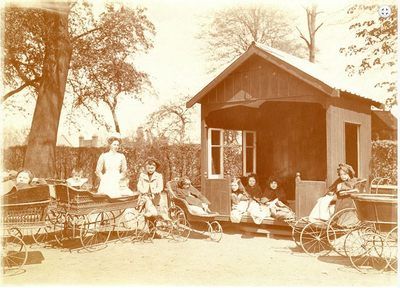
In this article we will tell the origins of children’s houses, in my modest research. Any contribution is welcome.
Playhouses have been around for ages and have been used in all cultures, as children love to create their own personal space that shows something of their own individuality.
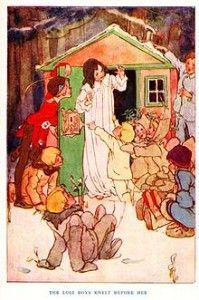 At Wikipedia, “The original was built for Wendy Darling in J. M. Barrie‘s play, Peter Pan, or The Boy Who Wouldn’t Grow Up. Wendy was shot by the Lost Boy Tootles after arriving in Neverland, so Peter Pan and the Lost Boys built a small house around her where she had fallen. It was inspired by the wash-house behind Barrie’s childhood home in Kirriemuir[1] and first appeared in story form in The Little White Bird in which fairies build a house around Mamie Mannering—the prototype for Wendy—so protecting her from the cold.[2]
At Wikipedia, “The original was built for Wendy Darling in J. M. Barrie‘s play, Peter Pan, or The Boy Who Wouldn’t Grow Up. Wendy was shot by the Lost Boy Tootles after arriving in Neverland, so Peter Pan and the Lost Boys built a small house around her where she had fallen. It was inspired by the wash-house behind Barrie’s childhood home in Kirriemuir[1] and first appeared in story form in The Little White Bird in which fairies build a house around Mamie Mannering—the prototype for Wendy—so protecting her from the cold.[2]
A prop house was created by Barrie for the first stage production of the play in 1904. It was constructed like a tent so that it could be erected quickly during a song which Wendy starts with:
I wish I had a darling house
The littlest ever seen,
With funny little red walls
And roof of mossy green.[2]
John’s hat was used as a chimney and a slipper was used as a door knocker. Toy manufacturers soon created replicas of the stage Wendy house, which have become a standard toy found in British gardens ever since.[1]
Wendy houses are small, but large and good enough for children to walk in and out of; they have a door and at least one window, possibly two. They usually consist of one room, and any furnishings are made by the children themselves. The term “Wendy house” is really only used in Britain, and are seen in many gardens where they often look like garden sheds.
In Australia they are known as cubby-holes (or cubby house, or just cubby). In America, they might be called a clubhouse or a tree house
Personally, I I tend to think that in general in the whole area of northern Europe, including Norway-Sweden-Finland and Denmark (of course!), The garden houses are being built for a long time. The extensive culture of encouraging children to grow independently (see the article about Education), together with the fact that these countries have many gardens and the parents likes taking care of.
Here you have some examples of ancient wooden houses:
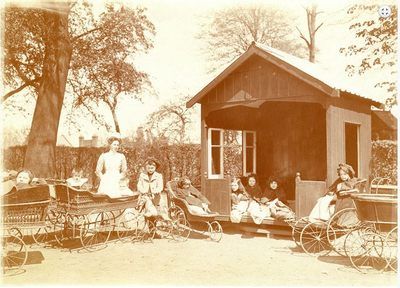
“The Play House in the grounds of Cromwell House, Highgate, London c1890” (Great Ormond Street Hospital for children)
The cottage is a representative example of the late 1800’s. Finland. (Päivi Siikaniemi). Leikkimökki in Suomi, Legehus in Danish, Lekstuga in Swedish, and Lekehus in Norwegian
And what about this playhouse? It’s old or modern?
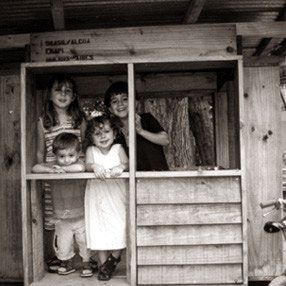
It’s possible to read up on playhouses, so here is a list of recommended sources:
- David Stiles, Jeanie Stiles Playhouses You Can Build: Indoor and Backyard Designs
- Sunset Editions. Treehouses& Play Spaces. 2012
- Paul Gerhards, Backyard Play Areas You Can Make, 1995
- Ursula Dubosarsky‘s « The Cubby House », illustrated by Mitch Vane.
- Karen Stagnitti, Playthings, pp. 25–26, ISBN 978-1-876367-61-9 2000

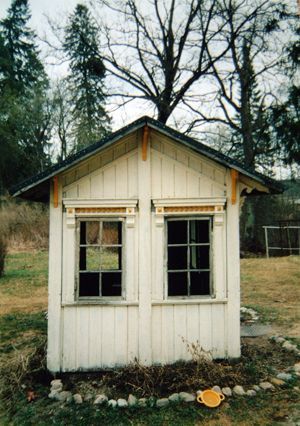
Leave a Reply